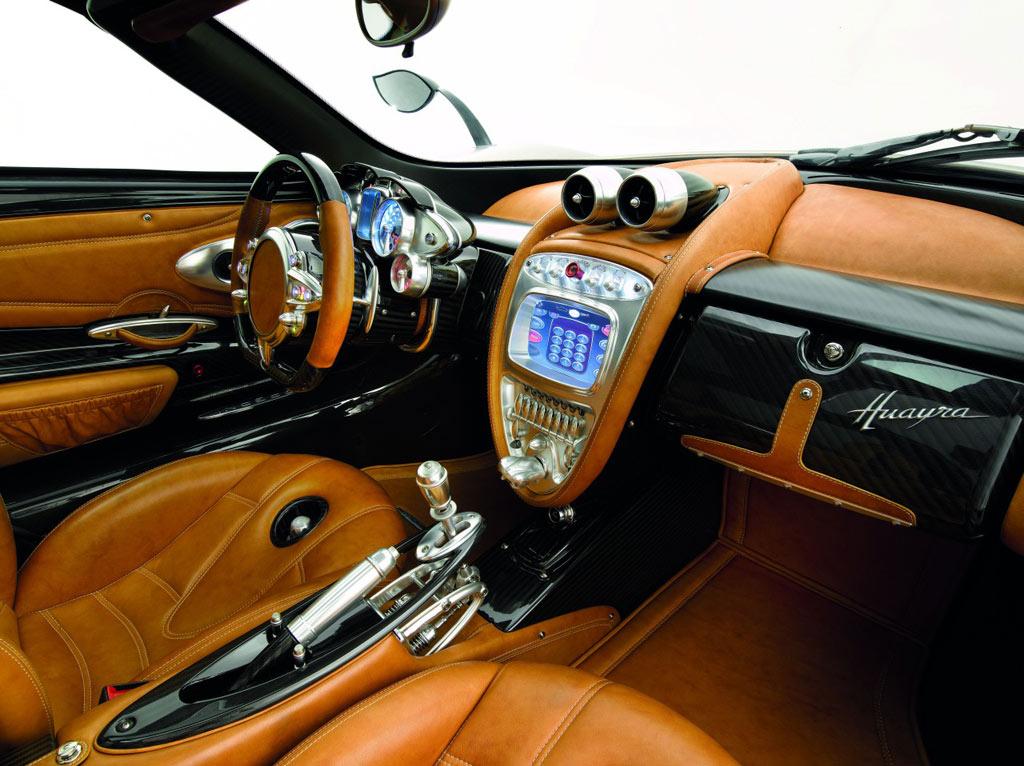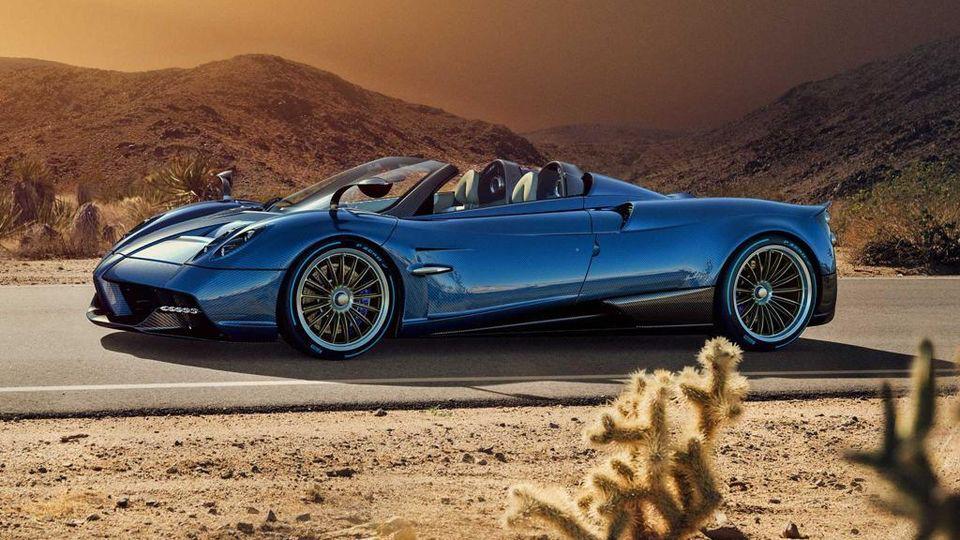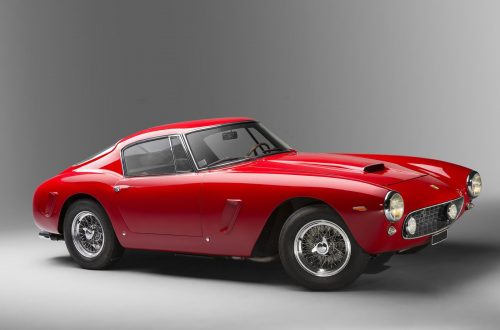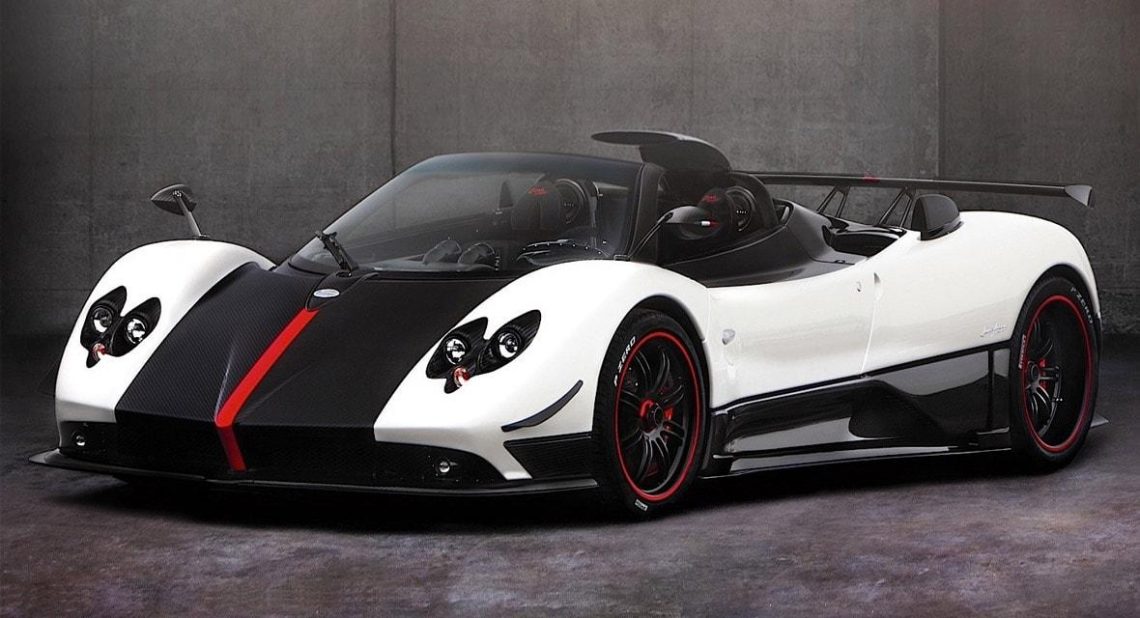
Horacio Pagani – a man and his dream!
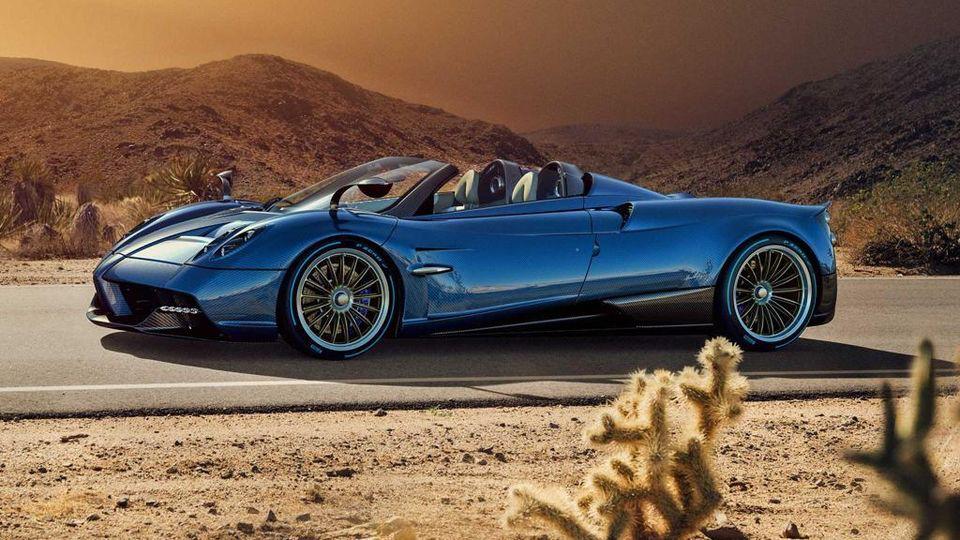
When craziness meets passion, a perfect mix is created.
It is November 10, 1955. We are in Argentina, more precisely in Casilda, a village made by Italians who immigrated to the Pampa. A baby named Horacio Pagani is born. A father baker and a mother painter.
Of humble origins, he lives in the Argentine pampas, where there are not many racing cars around. Through a magazine called “Auto Mundo” a child’s passion for cars and for design is born and grows, especially for those cars made in Italy and specifically made in Modena.
Horacio grows and begins to experiment with any material (wood, metal, etc …) the creation of small models of aerodynamic cars. He loves to be involved everywhere and when is 12 years old, with the help of a friend he builds a pair of mini-bikes with waste material and an engine bought from a wrecker.
He decides to go to the university but after a year and a half he quits and decides that he does not want to study but to do what he likes … build cars .. he rents a small shed and begins to build, literally everything.. He starts with a caravan and accepts any kind of order, also the creation of a van that will serve as a mobile radio for a local station.
When he is 20 years old the first turning point: he decides that he wants to build a Formula 2 car, and he does it … After 1500 hours of work, alone the Formula is ready. The car is innovative and has a lot of potential. I twill run with the official colors of the Renault team for the South American championship.
At the age of 21 he built the first car bearing the Pagani name.
Through the experience in F2 at 26 he meets Juan Manuel Fangio and creates a strong bond with the 5 times F1 World Champion that will inspire him and help in the progression of his incredible career.
Fangio is so impressed by this talented boy with clever and innovative ideas that he decides to prepare various presentation letters that he sends to important personalities of Italian motorsport, Ferrari, Maserati, Lamborghini, etc.
At the end of 1982 Mr. Alfieri of Lamborghini decides to set-up an interview with Horacio and offered him a job. Horacio returns back to Argentina, finishes his last orders and leaves everything to go to work at Lamborghini. Two weeks before his departure for Italy, due to the oil crisis, Lamborghini informs him that has to cut costs and that he does not have a job anymore.
Due to the fact everything was ready and set-up Horacio decides to move anyway to Italy with his wife. When they arrive he doesn’t have a job so for 4/5 months he does a bit of everything to be able to support and feed the family.
Fortunately the situation slowly goes back to normal and after these months Lamborghini decides to offer him a job again. Horacio is hired in 1983 as a 3rd level worker (the lowest level). He starts is adventure in Lamborghini as a painting worker. It is said that after some time he said to his manager “I do everything you tell me, but I came here to build the most beautiful cars in the world…”. After a while, Horacio is noted by the management and starts working on the LM002 project (Lamborghini’s off-road vehicle, the precursor of modern SUVs) and subsequently on the Countach Evoluzione and P140 projects (a project that never saw life but from which many solutions are then taken for the Gallardo mode). During these years, Horacio studies and experiments with carbon fiber and begins to believe that the future of the performance car industry will be with these materials.
He strongly tries to convince Lamborghini’s management to buy an autoclave but the answer is always no and so he decides that, once again, he has to do things his own way … with his bicycle, during lunch break, he goes to the bank and convinces the branch director to borrow him the money to buy an autoclave.
Once he has the contract signed he goes to the office and tells his manager that Lamborghini now has an autoclave to cook the carbon fiber. Obviously Lamborghini does not accept to have Horacio’s autoclave installed within the plant so the management suggests him to rent a shed and start experimenting his ideas there; in the meantime, they support him and he is able to continue to work for Lamborghini on various models including the famous Diablo (which uses various pieces of carbon studied and created by Horacio).
The Gulf War explodes and Horacio loses his job in Lamborghini.
So he decides that, despite the very difficult moment, the time has come to start his own business and decides to establish Modena Design in 1991.
He begins to collaborate with all the major car manufacturers of the Motor Valley (Modena and surroundings) both for road cars and for Formula 1.
It is during these years that the willingness to build his own car increases in intensity … and so, after two years of study on the design, in 1993 the final sketch of his first car is almost ready. He shows it to Fangio who is, once more, impressed by the sketch and decides to introduce him to Mercedes. Horacio meets Mercedes’ leadership and asks the permission to use their new 12-cylinder AMG engines. The leaders of Mercedes and AMG, after seeing the photos of a scale model and thinking that it is a real car, are finally convinced and agree to provide the engines.
Horacio goes back to Modena extremely motivated and with a very tiny group of employees (two) and only with its own money, after 6 years from that sketch, working at nights and on weekends, he is able to present to the world the Pagani Zonda C12 at the Geneva Motor Show in 1999. It is almost an instant success. The car is probably the most advanced of its time, with an unprecedented suspension solution and a carbon fiber chassis that had not yet been seen on any road car before.
After only one year, at the following Geneva Motor Show, Pagani is able to present the Zonda Roadster: once again, he impresses the world with a Roadster version that maintains the same torsional rigidity of the coupe.
With the Roadster, Pagani Automobili, officially enters the Olympus of the Hypercar manufacturers. The models follow one after the another and each time it is a success. There are a number of Zonda’ evolutions and those are always built in very small numbers since Horacio is a perfectionist and wants all his cars to be assembled by hand in Modena.
In 2009, the Pagani dealer in Hong Kong asked him to create an even more powerful evolution of the Roadster, this is why Pagani Zonda 5 Roadster has been created. The “5” is probably the most iconic of the Pagani to date.
In 2011, Horacio, decided that the time for a new model has come and presents the Huayra, pure art on wheels …! Imagine that it is equipped with an (obviously!) AMG engine designed and built exclusively for Pagani (it had never happened before that AMG made an ad-hoc engine for a car manufacturer not belonging to the Mercedes group). As of today, about 170 people work at Pagani Automobili and they build exactly 45 cars a year, not one more, not one less…
We will certainly never be able to afford a Pagani but Silvia and I are deeply in love with what a Pagani represents: the spasmodic search for aerodynamics, design, luxury, performance and perfection. Practically the expression of a crazy dreamer with an uncontrollable passion for cars.




